End of year tips for SMSFs
The end of the tax year is drawing closer and there are a few things SMSF trustees and practitioners alike may want to review to get their taxation house in order.

There are a number of advantages from reviewing the contributions made to superannuation, drawing income streams from the fund, the timing of benefits and the administration of an SMSF that your clients should be aware of.
Contributions
There are two types of contribution that can be made to superannuation: those that are deductible and those that are not. Contributions that are made by employers are deductible and those that are made by individuals who have less than 10 per cent of their total adjusted income from employment sources are able to claim a tax deduction for their contributions if they make an election for the amount of the contribution they wish to claim.
Superannuation contributions from after-tax income that are made by an individual and have not been claimed as a tax deduction can be made to the fund. These include personal non-deductible contributions, spouse contributions and contributions for a child under 18.
While there are no limits to the amount of contributions that can be contributed to the fund as a deductible or non-deductible contribution, there are limits on the amount that can be made on your behalf that will be treated on a concessional basis. If your client is aged under 49, at the beginning of the financial year the limit on tax deductible contributions is $30,000 for the financial year, and if they are 49 or over at the commencement of the financial year tax deductible contributions are limited to $35,000. Any deductible contributions in excess of these amounts are required to be refunded and taxed at the SMSF trustees' personal tax rate. There is also an interest component that is added to the amount of the refund.
In the case of non-deductible contributions there is a cap of $180,000 each financial year and if you are under age 65 you are able to make non-deductible contributions of up to $540,000 over a three-year fixed period commencing in the first year in which you make non-deductible contributions of more than $180,000. Any excess over these limits is taxed at penalty rates depending on whether you decide to leave the non-deductible contributions in the fund or elect to have any excess refunded to you.
Check the contributions before year end
During the financial year you need to keep a watch on the contributions made to the fund to make sure there is no excess that occurs or is likely to occur otherwise penalties may apply. On the other side of things, if a client has not made enough contributions during the year, SMSF pracitioners may want to advise the trustee to top up the amount so that the amount contributed is nearer to the caps.
Salary sacrifice
Salary sacrifice contributions are usually something you should set at the commencement of the financial year as they are difficult to adjust at the end of the financial year if an SMSF trustee needs to top up deductible contributions. If a client is under 49 at the beginning of the financial year then their tax deductible cap is $30,000, which means they can contribute around $575 each week on average to superannuation. If they are 49 or above at the beginning of the financial year then the tax deductible cap is $35,000. It means a contribution of up to $673 each week can be made on average. As 1 July is approaching it is certainly something for pracitioners to think about, especially for their clients who will be 49 on 1 July, as it may require an adjustment to tax deductible contributions made under salary sacrifice arrangements.
Superannuation guarantee
Don’t forget that Superannuation Guarantee contributions made by a client's employer are counted under their tax-deductible cap. This needs to be taken into account if any salary sacrifice contributions are made which are over and above any amount made for purposes of the Superannuation Guarantee rules.
Making contributions
Contributions to superannuation can be made in many ways by cash, cheque or through electronic transfer. Make sure the contribution reaches the fund by 30 June otherwise any late contributions will not be counted until the next year and could result in an excess contribution which may end up being subject to a penalty.
Spouse contributions
Spouse contributions can be an important addition to a spouse’s superannuation savings. These contributions are not tax deductible and are subject to the caps for non-deductible contributions. However, if the spouse of a client is a low income earning spouse, that is a spouse who has adjusted taxable income of less than $13,800, it is possible for the contribution to be eligible for a tax offset for the contributing spouse of up to $540 for a contribution of at least $3,000.
The co-contribution
Pracitioners should also be aware that any super member that has made after tax contributions of at least $1,000 to superannuation and has an adjusted income of less than $49,488 (2014/2015 financial year), is younger than 71 and meets certain employment and self-employment tests may be eligible for the government co-contribution of up to $500. Payment of the co-contribution is automatic as the ATO pay the amount to your superannuation fund once they know the amount of the after-tax contribution you have made and you have lodged a tax return for the relevant year.
The Low Income Superannuation Contribution
The Low Income Superannuation Contribution (LISC) of up to $500 is available for tax deductible superannuation contributions for anyone who has an adjusted taxable income of no more than $37,000 where the amount of the tax deductible contribution is at least $3,330. The amount of the LISC reduces depending on the amount of tax deductible contribution made to the fund.
CGT small business retirement exemption
Clients who are in small business and have net assets of no more than $6 million and a business with a turnover of no more than $2 million may qualify for certain CGT small business retirement concessions on the disposal of the business or certain business assets. The calculation of what qualifies under these concessions is left up to the client or tax adviser as the current CGT threshold amount is $1,355,000 for the 2014/2015 financial year. While there is no work test to rollover amounts that qualify under the small business retirement exemption once the client reaches age 65 they need to meet certain work tests to allow the payment to be made to their superannuation fund. Accountants or tax agents can help determine if clients are able to pay the CGT concession amount to the superannuation fund.
Start an income stream from the fund before 30 June.
Anyone who is at least age 55 can commence an income stream from 1 June this year and provide the following advantages:
• Any income earned by the superannuation fund on the amount used to commence the pension is tax free.
• There is no requirement to actually receive an income stream payment this financial year. Your client's can delay receipt of the income stream up until the end of June 2106.
• They can commence a pension on 1 June and if the member reaches 60 in the next financial year any pension they receive after age 60 will be tax free.
Examples:
Rob who is retired and age 57 uses $500,000 to commence an income stream on 5 June 2015. There is no requirement to draw any pension before 30 June 2015 and the minimum amount of the income stream he is required to draw prior to 30 June 2016 is 4 per cent of the account balance on 1 July 2015. Assuming no income has been credited to his account at that time then the minimum amount he must receive is $20,000 during the 2015/2016 financial year.
Samantha who is age 59 and retired commences an income stream in June 2015 with $800,000. Just like Rob there is no requirement for her to draw an income stream payment prior to 1 July 2015.
Samantha’s birthday is on 10 May and if she delays receipt of her income stream until after that time as she will be over 60 the amount she receives will be tax free to her. In addition, any income earned on her balance in the superannuation fund that is supporting her income stream will be tax free from the time it commenced in June 2015.
Thinking about your client's SMSF at year end
End of the financial year is just as important for your client's SMSF as it is the for the rest of their financial affairs. There are a few things SMSF practicioners need to ensure their clients do at the end of the year for their SMSF. The things to remember:
- Make sure contributions have been received by the fund by 30 June if they are intended to be counted for the members in the 2014/2015 financial year;
- Make sure the investments can be valued at the end of the 2014/2015 financial year especially if the client has investments in related parties that have a link to members or trustees of the fund;
- If members are using unallocated contributions accounts to enable twice the amount of tax deductible contributions to the fund make sure the contributions are allocated in the fund correctly otherwise the client could end up with an excess contributions tax assessment. The accountant should let the client know how these rules work as there are some tricks of the trade that clients need to understand.
Graeme Colley, director of technical and professional standards, SMSF Association
Tuesday 9 June 2015
Columnist: Graeme Colley
smsfadviseronline.com.au

